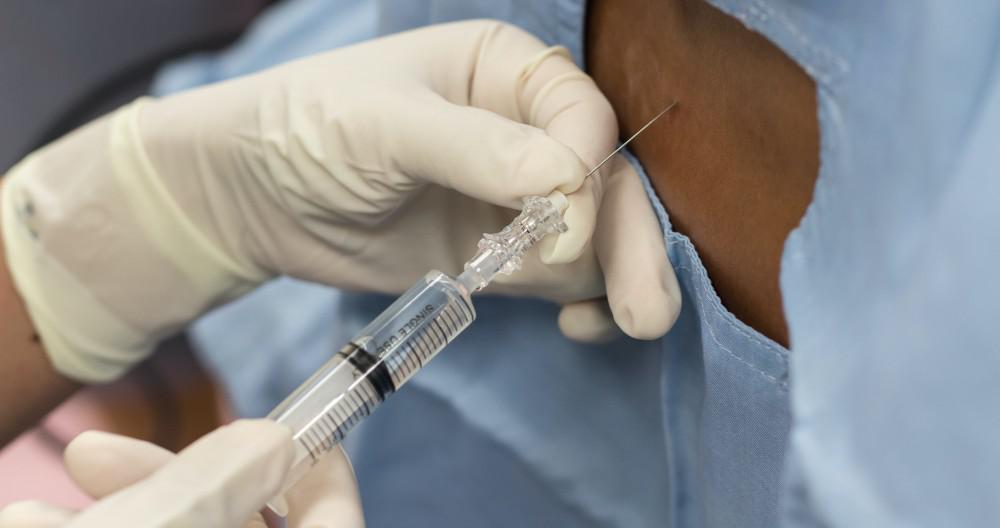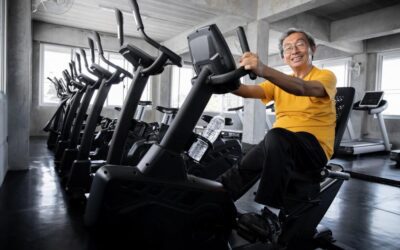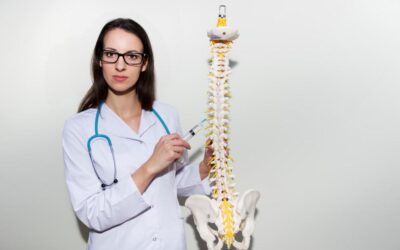When most of us think of physical therapy, we think of it in terms of how it’s used to treat injuries, like sports injuries or car accidents. But physical therapy is also widely used to manage chronic pain, a condition affecting millions of Americans.
As a leading pain management specialist in Los Angeles and Irvine, California, Hasan Badday, MD, frequently recommends physical therapy as an integral part of chronic pain management for his patients at Pacific Pain and Regenerative Medicine. In this post, you’ll read seven reasons physical therapy should play a central role in your treatment plan.
It’s customizable
Pain affects everyone differently, and physical therapy adapts to those differences through a completely customizable approach. From your first session, your activities will be tuned to your symptoms, your health history, your lifestyle, and other factors. As you progress, regular assessments ensure your program always remains on track and focused on your end goals.
It’s noninvasive
While surgery may be necessary to treat some underlying causes of chronic pain, it does come with some downsides, like anesthesia, sutures, and a longer recovery period. Physical therapy is completely noninvasive, and it provides great results for many people with chronic pain. It can also be used following surgery to speed up your recovery.
It can help reduce your need for medication
Like surgery, medication also has a place in pain management. But ideally, you don’t want to increase your dose to find the relief you want.
Physical therapy taps into your body’s natural ability to heal and adapt, reducing or even eliminating your need for prescription medication. In fact, in its recommendations for limiting the use of opioid painkillers for people with chronic pain, the CDC recommends physical therapy as an option that’s proven to provide relief.
It improves function
Physical therapy doesn’t just reduce or relieve pain; it also improves the way you move. Therapy helps strengthen muscles, tendons, and ligaments, while optimizing joint movement, with activities tailored to your lifestyle and its unique demands.
It comes with homework
Maybe you didn’t look forward to homework in school, but with physical therapy, home exercises can speed up your results and help you keep painful symptoms at bay between office visits. Like your in-office sessions, your homework is customized for you, frequently including stretches and other exercises to keep your progress on track.
It reduces inflammation
Physical therapy can definitely help you manage your pain, but it also helps reduce inflammation that’s often at the root of many types of chronic pain. Inflammation interferes with normal movement, and it can increase joint damage too.
It improves your overall wellness
Chronic pain doesn’t just take a physical toll on you; it has an emotional impact as well. Physical therapy can help relieve the stress, anxiety, frustration, anger, and depression that often go hand-in-hand with painful symptoms.
Physical therapy can help patients of all ages manage their chronic pain symptoms without relying on copious amounts of medication. To learn how therapy can become a part of your pain management plan, book an appointment online or over the phone with Dr. Badday and our team at Pacific Pain and Regenerative Medicine today.









